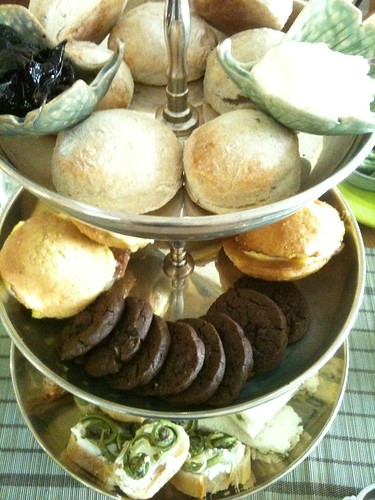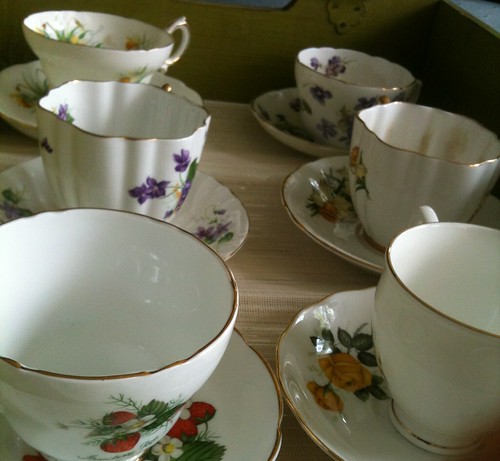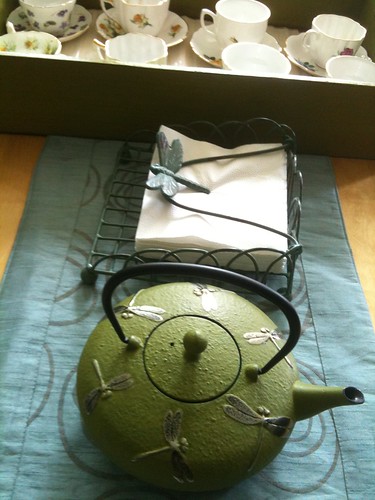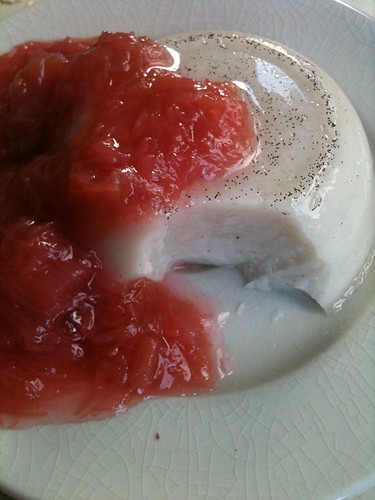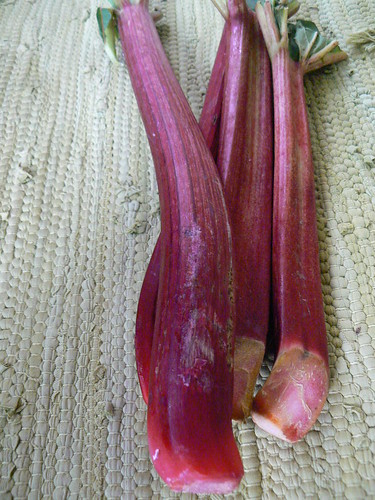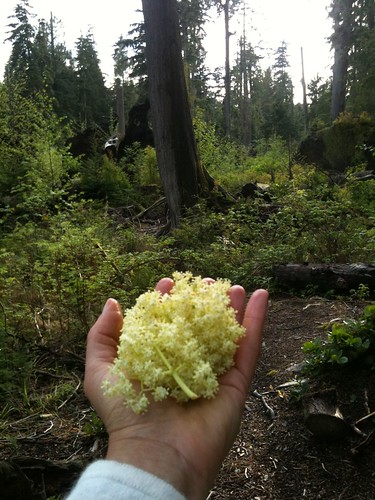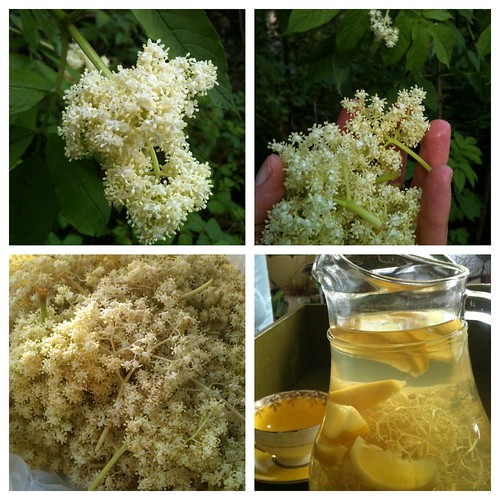Spring Fling Afternoon Tea
Sights, tastes and scents from my Spring Fling afternoon tea May 27th + a recipe for making your own Asparagus Mimosa tea sandwiches!
This tea party was a first Afternoon Tea & Perfume Sensorium: it's similar to my other afternoon teas, only that guests paid in advance for the afternoon tea and a perfume bottle. So all they had to do was pick which one to get! Personal fragrance consultations for each guest made the process really fun, especially with friends coming to the event together.
ArbitRary and Moon Breath roll-ons seemed to be a hit - as well as the ArbitRary candles!
Beautiful vintage floral tea cups to celebrate spring: I was so thrilled to find tea cups decorated with strawberries, violets and narcissus in several antique shops and in Vancouver's flea market. The violet ones I've been hunting for a really long time to no avail; and the narcissus ones were a refreshing surprise - one of them is actually the exact same design as the violet I found later on... Tea cup collecting is a dangerous addiction... But at least they are useful!
The teas served:
Juniper Ridge's wild harvested Douglas Fir Spring Needle Tip: delicious, citrusy, refreshing and the embodiment of the Pacific Northwest spring!
Elderflower cordial - harvested and brewed by yours truly. Another symbol of spring in the Pacific rainforest. I picked them in Stanley park. Served chilled, with fresh mint sprigs and blueberries for a splash of colour.
Jasmine pearl - a classic, and a must for a spring celebration. A taste of the exotic that only a fine jasmine tea can bring. These are actually rolled silver needles (white tea).
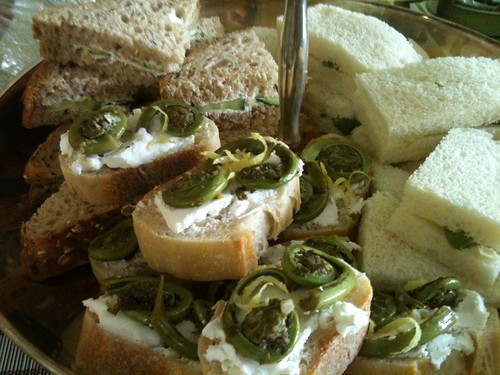
Tier 1: Tea Sandwiches
Fiddlehead open sandwiches on baguettes with lemon chevre
Asparagus mimosa (see recipe below)
Cucumber + Wasabi
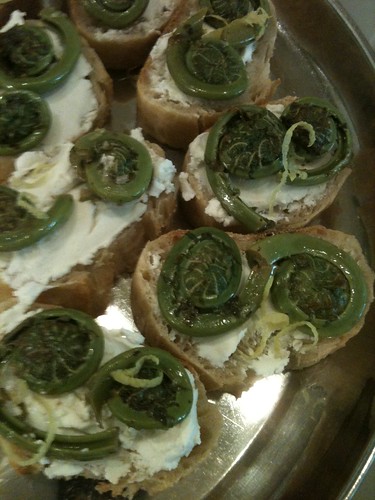

Tier 2: Desserts
Triple lemon whoopies - sandwiched lemon cookies with lemon curd and limoncello cream cheese lemon icing
Korova Cookies (chocoalte icebox) with Rosemary & Fleur de Sel
Mini pannacotta with rhubarb flower compote
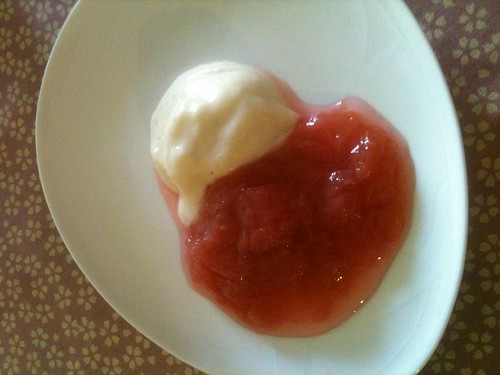
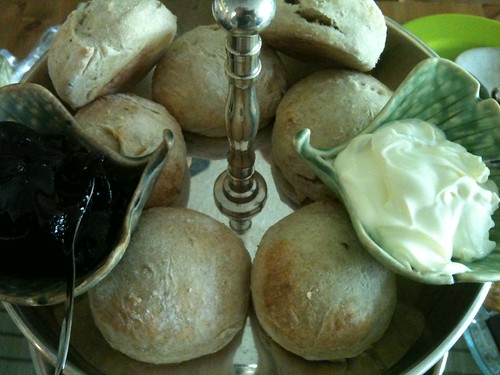
Tier 3: Malepi (Black Cherry kernels) + Anise Scones with wild harvested blackberry & rose petal jelly (by Wild West Coast Rainforest Products) and devonshire cream, of course!

For those of you who missed it - you can enjoy some of the recipes on SmellyBlog and make these treats yourselves!
For the Asparagus Mimosa Tea Sandwiches, you will need:
1/2lb fresh asparagus
1 tsp salted butter
freshly ground pepper to taste
1 tsp fresh tarragon leaves, chopped
1 hard boiled egg
Additional butter, at room temperature, for spreading over the bread slices
1 loaf of sliced sourdough bread
For the asparagus mimosa:
Steam the asparagus just until tender and easily snaps (do not overcook it!). It should be bright green, rather than turn into a rancid olive colour... Slice, and add a teaspoon of butter. Grate the hard boiled egg, add the chopped tarragon, and add salt and pepper to taste.
To assemble the tea sandwiches:
Spread softened butter on both slices of bread, sprinkle some of the asparagus mimosa mixture evenly in a thin layer (so that both slices can stick together).
Chop off crusts (if desired) and cut the sandwich into 3 pieces or cross into 4 triangular quarters. Cover in an airtight container up to one hour from serving.


